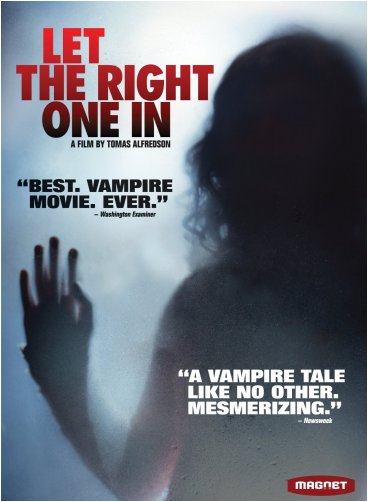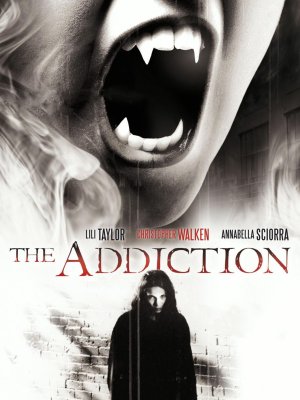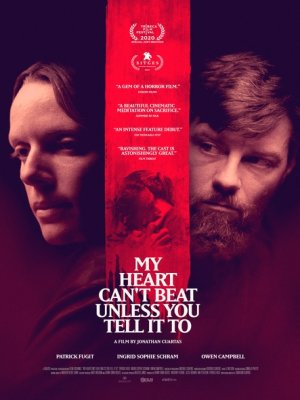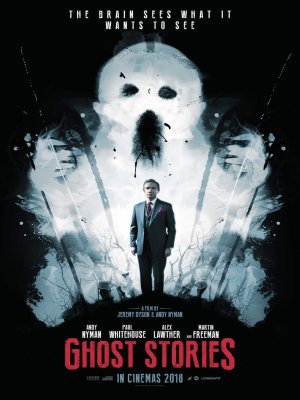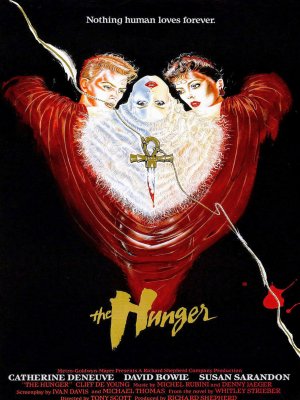Let the Right One In
When Oskar (Kåre Hedebrant), a sensitive, bullied 12-year-old boy living with his mother in suburban Sweden, meets his new neighbor, the mysterious and moody Eli (Lina Leandersson), they strike up a friendship. Initially reserved with each other, Oskar and Eli slowly form a close bond, but it soon becomes apparent that she is no ordinary young girl. Eventually, Eli shares her dark, macabre secret with Oskar, revealing her connection to a string of bloody local murders
As Let the Right One In opens in a suburb of Stockholm during the 1980s, 12-year old Oskar (Kåre Hedebrant) shows all the signs of being on the road to turning into a Columbine killer. He's a loner who is relentlessly bullied at school. His parents, who are divorced, pay him only as much attention as they can fit into their busy schedules. And his hobby is cutting out articles about murders from the local paper and pasting them into a scrapbook. This is not normal behavior even for a socially awkward boy on the cusp of adolescence. But then things take an uplifting turn. Enter Eli (Lina Leandersson), who, along with her father, moves into the apartment building next door to Oskar. She's a bit of a recluse. Despite being Oskar's age ("twelve years old - more or less"), she doesn't attend the same school. Nevertheless, the two spend time together, become friendly, and eventually agree to "go steady." Eli encourages Oskar to stand up for himself and confront the bullies who harass them. She assures him that if he shows no fear, they will back down. As good as Eli is for Oskar, however, she has a character flaw. She's a vampire.
Let the Right One In isn't really a vampire story. Instead, it's a tale about the friendship and empathy that develops between two of society's misfits. It's also not an overblown melodramatic romance. There are elements of a burgeoning love story in Let the Right One In, but they are tentative and devoid of overt sexuality. Eli is not a seductress. She's not interested in having sex, and Oskar is too shy and insecure to view "going steady" as anything more than a label to put on a close friendship. Viewed objectively, neither character would be likeable, but there is such warmth in their awkward, unconventional relationship that it's hard not to feel positively toward them.
Most of the "vampire rules" are in play. Eli drinks blood, cannot be exposed to direct sunlight, must be invited into a home to cross the threshold, has ice cold skin, can fly and scale walls, and her bite can either kill or infect a victim. We don't learn whether a stake through the heart will finish her off or whether she can transform into a bat - there's no opportunity to test those myths. Generally speaking, she's an "old school" bloodsucker. Rather than being presented as the embodiment of forbidden sexuality or an angst-riddled soul crushed under a weight of guilt, she resembles a hunted animal. She's only twelve years old (at least in terms of her physicality) and does what she must to survive. She's lonely. Oskar is lonely. They make a perfect couple, although it's clear he has misgivings about being so close to someone so frightening.
Let the Right One In falls a little too deeply into the trap of making the vampire a sad, tragic figure, although it doesn't go as far down the path as some other recent films and television series have done. Vampires are suddenly very popular (Twilight, the HBO series True Blood), but Eli belongs to a more traditional breed than many of her recent counterparts, and that makes her a breath of fresh air (even though she may occasionally exude an odor of decay). There are some flaws in pacing, with a little too much time being spent with some of the undeveloped locals who become Eli's supper, and there are times when the dialogue is stilted. (Although, to be fair, this could be a fault of the subtitling.)
The leads are played by first-time actors. Kåre Hedebrant, with his blond hair and pale skin, is an interesting choice to play Oskar, and he effectively makes the character seem remote, withdrawn, and a little creepy. Lina Leandersson is extremely good, crafting an individual who is both mysterious and compelling. The makeup artists do an excellent job with her ever-changing appearance. In some scenes, she is fresh and innocent. In others, she's a creature freshly hatched from a feverish nightmare. Most of the time, she's somewhere in between.
Some will classify Let the Right One In as a horror movie, and I suppose that's technically accurate. To me, however, this is much more of a coming-of-age/friendship movie. There is blood and gore, but it's not excessive, and director Tomas Alfredson is more interested in touching emotional chords than in creating "boo!" moments (there are none) or layering the atmosphere to the point where it is ponderous and impenetrable. That's not to say the film doesn't have a specific look and feel - there's a lot of darkness, snow, and ice - but those things aren't the production's primary reasons for existing. Despite the presence of monsters, the best word I can come up with to describe Let the Right One In is "sweet." Its portrayal of the relationship between two improbably alike pre-teens is more believable than what we see in many "realistic" dramas.


